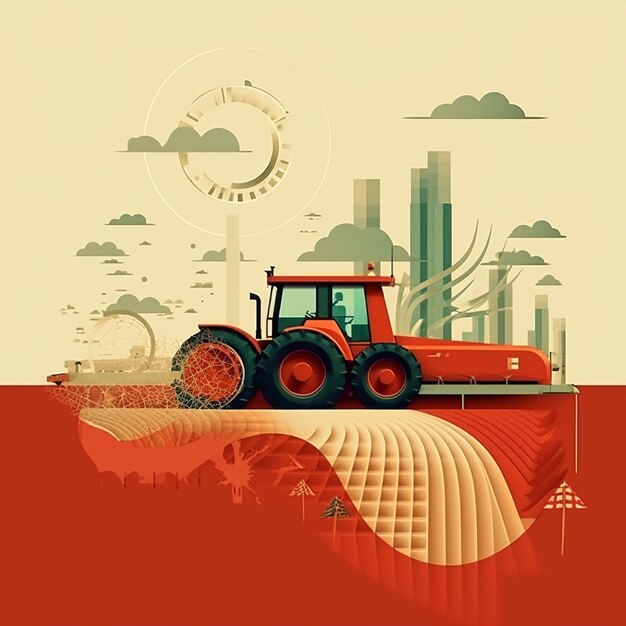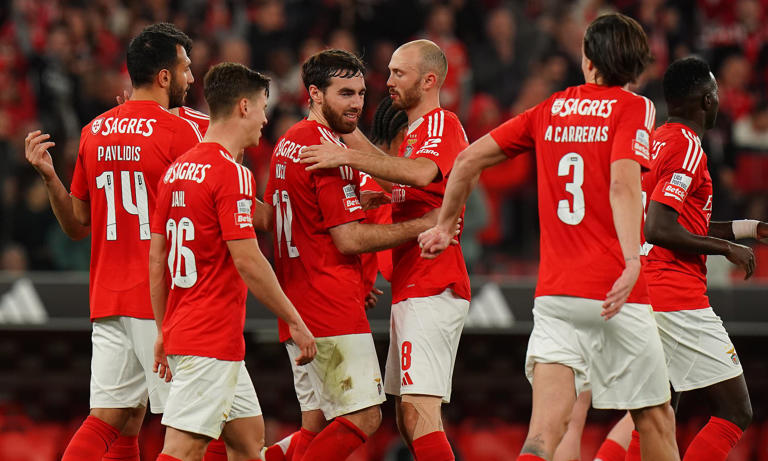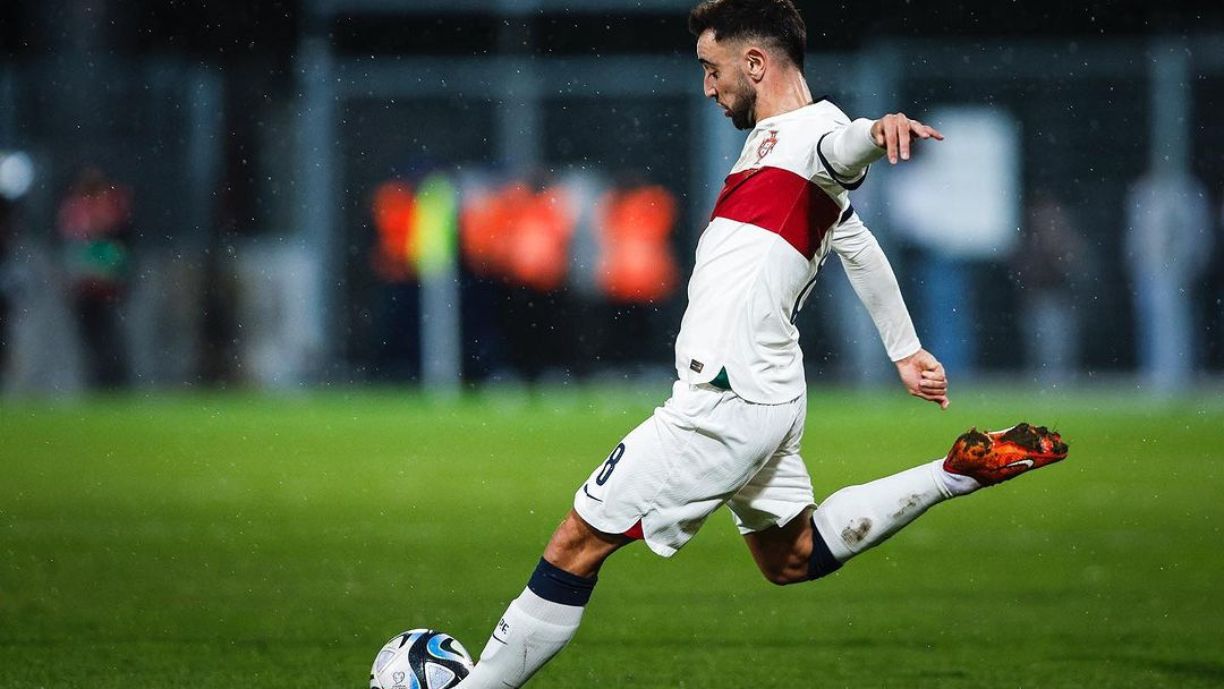The Roman Champion: Pushing Boundaries, Beyond The Laurels

Table of Contents
The Diverse World of Roman Athletics
Roman athleticism wasn't solely about gladiatorial combat, although gladiators certainly represent a significant, if brutal, aspect of Roman entertainment and athleticism. A diverse range of sports and games captivated the Roman populace.
Beyond the Gladiatorial Arena
The Roman world boasted a vibrant sporting scene extending far beyond the arena's bloody spectacles. Popular athletic events included:
- Chariot racing (auriga): This thrilling spectacle involved four-horse chariots racing around a track, demanding incredible skill, stamina, and courage from the auriga (charioteer). Teams and factions, much like modern-day sports teams, fostered intense rivalries among spectators. The social standing of a successful charioteer could be surprisingly high.
- Running (cursus): Various running events, from sprints to long-distance races, tested athletes' speed and endurance. These events were a staple of Roman games and festivals.
- Wrestling (palestra): Wrestling, a crucial part of Greek athletic tradition, was adopted and adapted by the Romans. It involved grappling, throws, and takedowns, demanding both strength and technique.
- Swimming (natatio): Swimming competitions were held in both natural bodies of water and purpose-built pools. Skill and endurance were essential for success in this demanding sport.
- Boxing (pugilatus): Roman boxing, though brutal, was a highly skilled sport demanding precision, speed, and incredible endurance. Unlike modern boxing, there were minimal rules, and fighters often fought until one was incapacitated.
These ancient Roman sports, along with others like discus throwing and javelin throwing, showcase the breadth of Roman athletic pursuits, highlighting a commitment to physical prowess and competition that transcended simple bloodsport.
The Importance of Training and Discipline
Becoming a Roman champion demanded rigorous training and unwavering discipline. The preparation wasn't a matter of spontaneous effort; it was a structured and dedicated lifestyle.
- Diet: Athletes followed specific diets believed to enhance performance and stamina. This often involved a high intake of protein and carbohydrates.
- Physical Conditioning: Extensive physical conditioning was essential. This involved running, weight training (using various weights and implements), and specialized exercises tailored to the specific sport.
- Specialized Training Techniques: Training methods were adapted to each sport. For example, charioteers underwent extensive training to control their horses and navigate the track. Gladiators honed their combat skills through rigorous sparring and weapon practice. Historical accounts and archaeological findings shed light on the intensity of this dedication.
The Social and Cultural Significance of the Roman Champion
Success in Roman athletics brought not just physical rewards, but also significant social and cultural capital.
Status and Reward
A victorious Roman athlete enjoyed elevated social standing and substantial rewards:
- Wealth: Prize money, sponsorship, and endorsements could generate significant wealth for successful athletes.
- Fame: Champions achieved celebrity status, celebrated by the crowds and remembered through history. The roar of the crowds was their applause, the equivalent of modern-day fame.
- Political Influence: Some athletes parlayed their fame and popularity into political careers, leveraging their public image to gain influence.
- Laurel Wreath: The laurel wreath was more than a simple accessory; it was a powerful symbol of victory, signifying achievement and divine favor.
Consider the legendary charioteer, Gaius Appuleius Diocles, whose career earnings were equivalent to a king's ransom, demonstrating the staggering wealth a champion could accumulate.
Religious and Symbolic Importance of Games
Roman games and festivals held profound religious and symbolic importance:
- Connection to the Pantheon: Many games were dedicated to specific Roman deities, and victories were often seen as a sign of divine favor or a demonstration of Roman power and military might.
- Public Spectacle and Social Cohesion: The games served as a unifying force, bringing together diverse segments of Roman society in shared celebration or collective awe. Victories, therefore, held symbolic weight, not just for the individual champion but for the entire Roman community.
The games weren't merely entertainment; they were integral to Roman religious life and social structure, making victory a deeply meaningful event.
The Enduring Legacy of the Roman Champion
The impact of Roman athleticism extends far beyond the ancient world.
Influence on Modern Sports
The legacy of Roman athletic traditions is visible in various aspects of modern sports:
- Training Methods: Many modern training methods, particularly in strength and conditioning, have roots in ancient Roman practices.
- Competition Structures: The concept of organized competitions with winners and losers, along with the intense rivalries they generate, has a direct lineage to Roman games.
- Pursuit of Excellence: The Roman emphasis on discipline, dedication, and the pursuit of excellence remains a core principle in modern athletics. The unwavering dedication and intense training regimes of ancient Roman athletes remain relevant in today's competitive world. The parallels between the Roman games and the modern Olympic Games are undeniable.
Representation in Art and Literature
Roman champions are vividly depicted in art, literature, and popular culture:
- Sculptures and Mosaics: Numerous sculptures and mosaics portray athletes in action, showcasing their physical prowess and the dynamism of their sports. These pieces are vital historical and artistic records of athletic events.
- Literary Works: Writers chronicled the lives and achievements of famous athletes, immortalizing their feats in literature.
These representations offer invaluable insights into the lives and culture of Roman athletes. Their images, both in visual and written form, maintain their relevance even today.
Conclusion:
The Roman Champion represents more than just physical prowess; they embody dedication, discipline, and the relentless pursuit of excellence. From the gladiatorial arena to the chariot racing track, their achievements shaped Roman society and left an indelible mark on the history of athletic competition. Their legacy continues to inspire athletes and enthusiasts today. Learn more about these incredible figures and delve deeper into the fascinating world of the Roman Champion by exploring further resources on ancient Roman history and athletics.

Featured Posts
-
 Pittsburgh Pirates 2024 Opening Day Paul Skenes To Start
May 28, 2025
Pittsburgh Pirates 2024 Opening Day Paul Skenes To Start
May 28, 2025 -
 Angels Eight Game Win Streak Ends In Marlins Upset
May 28, 2025
Angels Eight Game Win Streak Ends In Marlins Upset
May 28, 2025 -
 Prvni Zpravy Pirati A Zeleni Spojuji Sily Pro Volby Do Snemovny
May 28, 2025
Prvni Zpravy Pirati A Zeleni Spojuji Sily Pro Volby Do Snemovny
May 28, 2025 -
 Ipswich Town Mc Kenna Returns Cajuste Improves Trio Still Out
May 28, 2025
Ipswich Town Mc Kenna Returns Cajuste Improves Trio Still Out
May 28, 2025 -
 Hailee Steinfeld And Josh Allens Relationship Happy Together
May 28, 2025
Hailee Steinfeld And Josh Allens Relationship Happy Together
May 28, 2025
Latest Posts
-
 Old Trafford Loyalty Man United Star Rejects Crazy Money Proposal
May 30, 2025
Old Trafford Loyalty Man United Star Rejects Crazy Money Proposal
May 30, 2025 -
 Man United Star Snubs Big Money Move The Crazy Offer He Turned Down
May 30, 2025
Man United Star Snubs Big Money Move The Crazy Offer He Turned Down
May 30, 2025 -
 Futuro De Bruno Fernandes Amorim Afasta Possibilidade De Saida
May 30, 2025
Futuro De Bruno Fernandes Amorim Afasta Possibilidade De Saida
May 30, 2025 -
 Crazy Money Rejected Man United Star Stays At Old Trafford
May 30, 2025
Crazy Money Rejected Man United Star Stays At Old Trafford
May 30, 2025 -
 Situacao De Bruno Fernandes Amorim Garante Continuidade No United
May 30, 2025
Situacao De Bruno Fernandes Amorim Garante Continuidade No United
May 30, 2025
